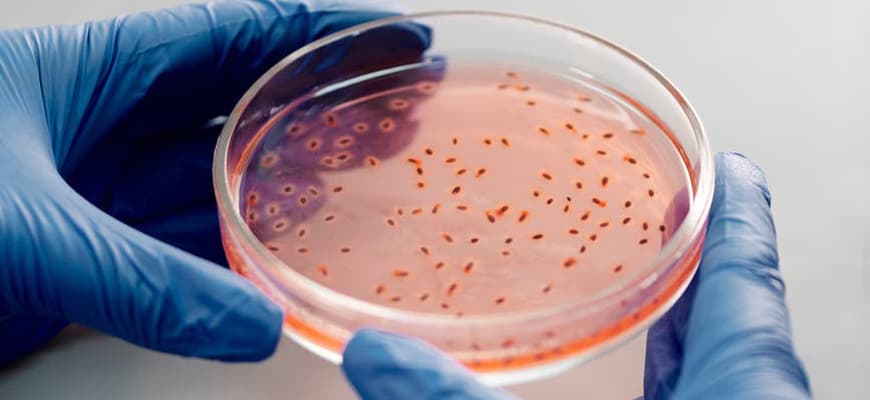Superbugs can leave doctors with few options for treatment. Here’s how these pesky bacteria are created, and the ways that scientists are working to fight back.
In 1928, microbiologist Alexander Fleming noticed something peculiar while examining the petri dishes used to grow bacteria in his laboratory. Amongst the small, circular bacterial colonies growing on the plate was a contaminating mold. He noticed that the bacterial colonies closest to the mold were dying, yet those that were far from the mold seemed healthy. Fleming theorized that the mold (later identified as Penicillium) was producing a substance lethal to the bacteria — an antibiotic.
Fleming’s hypothesis turned out to be correct, and within a decade, the antibiotic we know as penicillin was born. Upon accepting the Nobel Prize in 1945, Fleming left us with a prescient premonition that was largely ignored:
The thoughtless person playing with penicillin treatment is morally responsible for the death of the man who succumbs to infection with the penicillin-resistant organism. I hope this evil can be averted.
And while penicillin was once touted as a miracle drug that has saved countless lives, it is now useless against several infections because the targeted bacteria have become resistant to the medication. Bacteria can achieve this feat since they replicate quickly, which enables them to evolve rapidly. Thanks to this accelerated evolution, bacteria can become resistant to antibiotics much faster than researchers can develop them.
Superbugs are defined as infectious bacteria that have become resistant to multiple antibiotics, leaving doctors with little or no options for treatment. Some of the most dangerous superbugs include methicillin-resistant Staphylococcus aureus (MRSA), Clostridioides difficile, carbapenem-resistant Enterobacteriaceae and Neisseria gonorrhoeae, the causative agent of gonorrhea.The Center for Disease Control and Prevention (CDC) reports that more than 2.8 million antibiotic-resistant infections occur in the U.S. each year, and more than 35,000 people die as a result.
By Bill Sullivan Discover Magazine

